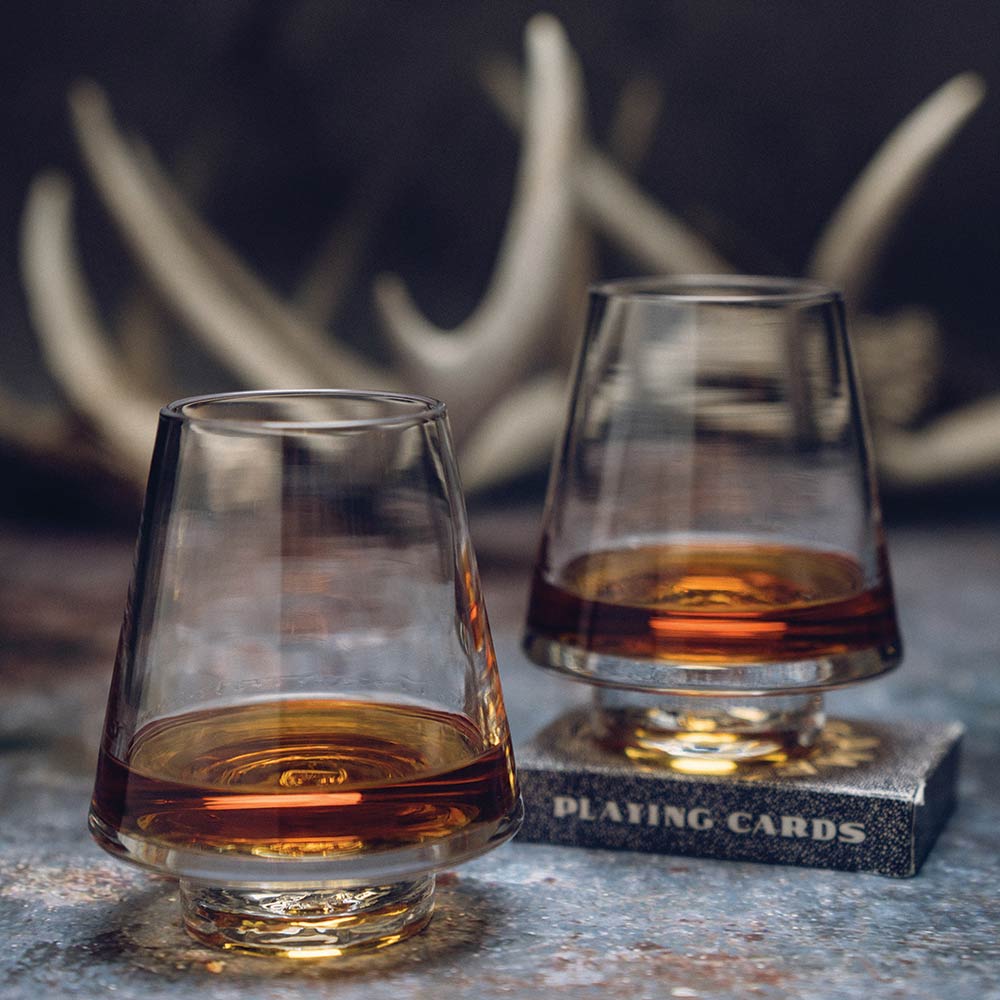Your Own Brand

Serious, and perhaps even casual, bourbon and rye aficionados have probably noticed that new whiskeys seem to be showing up on store and bar shelves almost daily. Indeed, in the last decade, the number of brands has exploded from scores to hundreds. But making whiskey is not like making beer. Whiskey, which needs to age years, takes time. Where are all these new whiskeys coming from?
A significant proportion of the new brands have been started by individuals who dreamt of having their own whiskey companies, and the answer is that some of these new whiskeys aren’t so new at all. The most expensive and time-consuming way to start a brand is to build a distillery (a multi-million-dollar investment) and hire all the distillers, chemists, and other personnel needed to staff it. But the fastest and least expensive way to have your own spirits label is to buy your whiskey from an established distillery and put your own label on it.
That method is called sourcing, and only a few tens of thousands of dollars are needed to pay for barrels of whiskey, bottles, labels, and the appropriate licenses and fees. The last of which can vary widely from state to state.
One of the best-known premium brands, Jefferson’s Reserve Bourbon, got in on the ground floor of that process. In 1997, bourbon historian Chet Zoeller and his son Trey realized there was a lot of surplus whiskey aging in Kentucky thanks to a brown spirits slump. (That would soon change, by the way.) They approached several legacy distillers and bought barrels that the younger Zoeller mingled to create the Jefferson’s flavor profile.
A similar strategy was pursued by Dixon Dedman, whose family had owned the pre-Prohibition Kentucky Owl Distillery. When he wanted to revive the brand, he sourced bourbons from more than one Kentucky distillery. Like the Zoellers, he has nondisclosure agreements with his sources. He bottled his limited-edition annual releases at cask strength and Kentucky Owl has turned into one of the coveted so-called unicorns of expensive, hard-to-get whiskey.
The new Buzzard’s Roost rye has an interesting variation on the sourcing theme. Business partners Judith Hollis-Jones and Jason Brauner buy their rye from the giant distillery MGP in Lawrenceburg, Indiana, which specializes in making whiskey to sell to others. Chances are that if you buy a bottle that says “Distilled in Indiana” in the label’s fine print, MGP was the source. While they are careful about the whiskey they select, they also put their own spin on the flavor profile.
“We focus on the maturation process,” explained Hollis-Jones. “Since 80 percent of the flavor comes from the whiskey’s time in the barrel, we mature it our way to produce additional flavors.”
Their way involves using eight different proprietary barrels that Brauner and Hollis-Jones worked with Independent Stave Company to create. They differ in the amount of toasting and depth of charring of the various customized barrels from the cooperage. Buzzard’s Roost rye, which is at least 3 years old when sourced, is then aged further in combinations of those barrels to impart target flavors and layers of complexity.
It’s a testimony to Brauner’s palate (he acts as master blender) that in Spring 2020 Buzzard’s Roost Single Barrel Straight Rye Whiskey was awarded a gold medal at the prestigious San Francisco Spirits Competition.
Future plans for Buzzard’s Roost include another way that new brands emerge—contract distilling. Brauner and Hollis-Jones will eventually work with the distillers at Bardstown Bourbon Company to have whiskeys made to their specifications. The Bardstown Bourbon Company specializes in such arrangements and currently distills for more than two dozen brands.
Other whiskeys have a hybrid sourcing and distilling approach. High West Distillery in Park City, Utah, sources some of its whiskeys from established producers in Kentucky, Indiana, and Tennessee. They either blend these into releases such as Bourye—a combination of MGP rye and bourbon—or blend sourced whiskey with their own distillate. The notable, very limited A Midwinter Night’s Dram that uses straight ryes from MGP, Barton 1792 Distillery in Bardstown, Kentucky, and the Utah distillery’s own whiskey is an example.
New Riff Distillery in Newport, Kentucky, just across the Ohio River from Cincinnati, sourced its first release, O.K.I., from MGP while the whiskey it made at its distillery matured. Once New Riff Straight Kentucky Bourbon and New Riff Straight Kentucky Rye were ready, the O.K.I. label was retired.
Sourcing and contract distilling may offer the quickest and least costly routes to a new whiskey. But there are still would-be distillery owners who want to build from scratch.
Bryan and Erin Lemmerman of Nichols Hills, Oklahoma, have already started identifying mashbills, yeast strains, and barrel styles for flavor profiles they want. Both attended the distilling course at Louisville’s Moonshine University, which has trained aspiring distillers from around the world.
The Lemmermans are leaning toward building a distillery in the Sooner State. Bryan said, “We see a major shift in consumer preferences towards something unique, something craft, a whiskey they can relate to—whether that be through exceptional life experiences or through their local community pride.”
Susan Reigler is the author of numerous whiskey books, including Kentucky Bourbon Country: The Essential Travel Guide and Which Fork Do I Use with My Bourbon? She is past president of the Bourbon Women Association and lives and writes in Louisville, Kentucky.
























